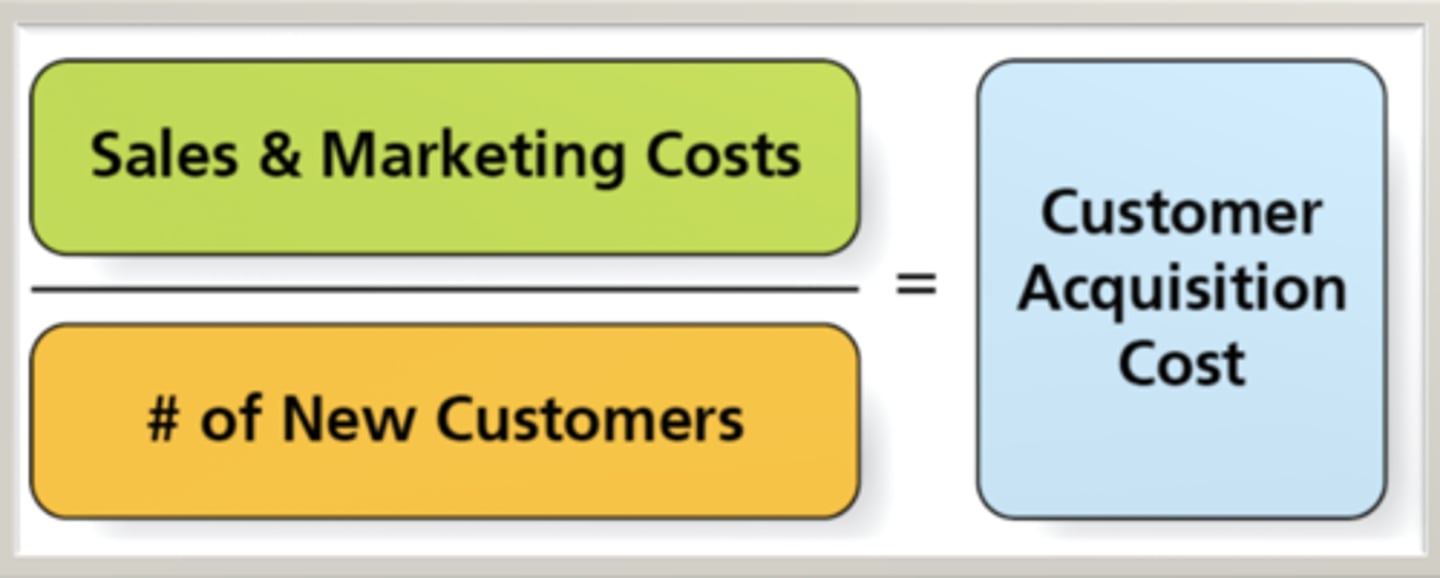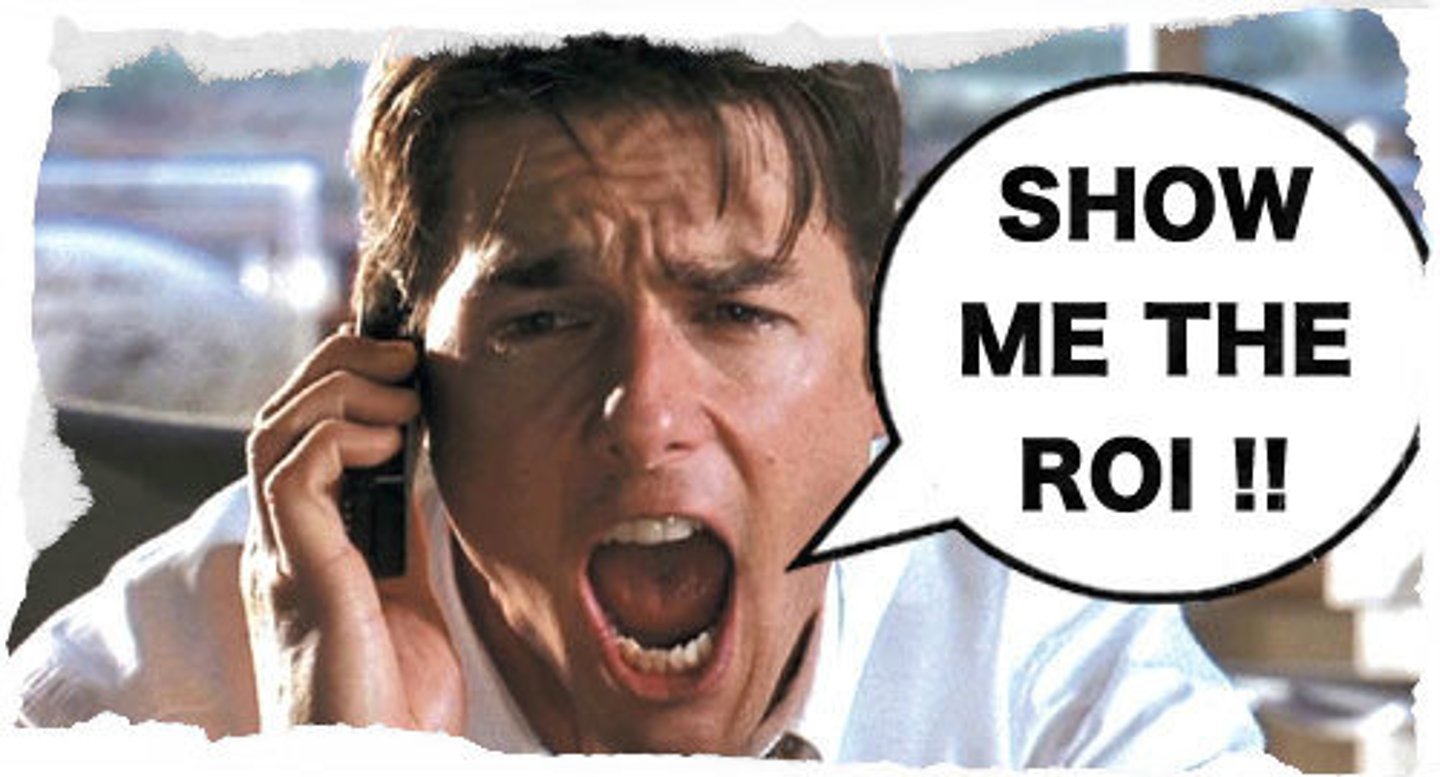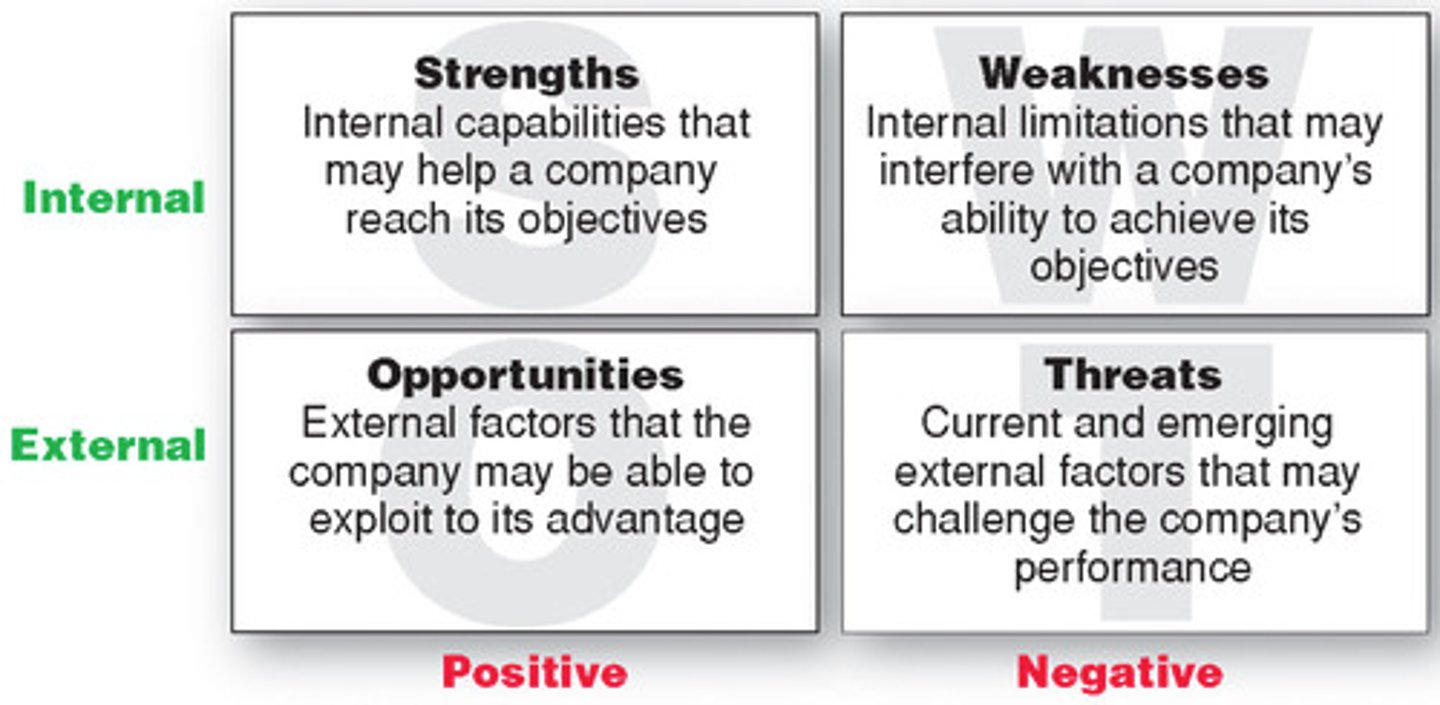Entrepreneurship and Small Business Certification Exam
1/73
There's no tags or description
Looks like no tags are added yet.
Name | Mastery | Learn | Test | Matching | Spaced |
|---|
No study sessions yet.
74 Terms
Elements of the Design Thinking Process
Stage 1: Emphasize- Research Your Users' Needs
Stage 2: Define- State Your Users' Needs and Problems
Stage 3: Ideate- Challenge Assumptions and Create Ideas
Stage 4: Prototype- Start to Create Solutions
Stage 5: Test- Try Your Solutions Out
Difference between small businesses and entrepreneurs?
Small businesses are not always interested in taking on new business opportunities.
Entrepreneurs set up a business with the aim to make a profit.
Compensation Types
1. Piece work- compensation on a per-unit basis. EX: an employer can choose to pay mechanics a fixed rate for each vehicle they repair instead of paying an hourly rate.
2. Salary- employee receives a set amount of pay each month without overtime compensation for extra hours worked.
3. Hourly- Employees most affected by minimum wage laws are compensated hourly.
4. Commission- An employee who is paid a percentage of a sale.
5. Equity- Non-cash compensations offered to employees in place of or in addition to a lower salary.
Types of Sales Channel
1. Business-to-Business (B2B): a transaction or business conducted between one business and another, such as a wholesaler and retailer. Transactions tend to happen in the supply chain, where one company will purchase raw materials from another to be used in the manufacturing process.
2. Business-to-Consumer (B2C): process of businesses selling products/services directly to consumers, with no middle person.
Typically refers to online retailers who sell products/services to consumers through the Internet.
Online B2C became a threat to traditional retailers, who profited from adding a markup to the price.
3. Retail: sell items or services to customers. They typically sell items in-store or may be sold online.
4. Wholesale: the act of buying goods in bulk from a manufacturer at a discounted price and selling to a retailer for a higher price, for them to repackage and in turn resell in smaller quantities at an even higher price to consumers.
Acquisition Costs
These costs include shipping, sales taxes, and customs fees, as well as the costs of site preparation, installation, and testing. When acquiring property, acquisition costs can include surveying, closing fees, and paying off liens.
Angel Investor
a wealthy private investor who provides capital for a business start-up for a stake in the business in return.
Asset
A tangible item a business owns. They can generate revenue or be converted into cash. They can be physical items, such as machinery, or intangible, such as intellectual property.
Balance Sheet
A financial statement used for evaluating the performance of a business. It compares ASSETS to LIABILITIES plus owner's EQUITY on a specific date.
EX:
Equipment- Long term assets
Bank loans- Current liabilities
Inventory- Current assets
Mortgage payments- Long term liabilities
Bootstrapping
A TYPE OF FUNDING. A business owner that uses their own money to fund their business.
Break-Even Point
The point where a business's revenue matches its expenses over a given period. AKA there is no loss or gain for your small business; you've reached the level of production at which the costs of production equals the revenues for a product.
Break-Even Point = Fixed Cost / (selling price per unit - variable cost per unit)
Budget
The amount of money a business plans on spending during a given period.
Burn Rate
A calculation used to measure a business's monthly cash flow. AKA the amount of $ your business needs in a certain period (usually a month) to cover all expenses. In other words, burn rate tells you how quickly your business "burns through" capital. This calculation helps business owners understand how long they can continue to operate at this rate before running out of money.
Burn Rate = (Month starting Balance - Month ending Balance)
Business Plan
A business plan is a written document that describes in detail how a business defines its objectives and how it is to go about achieving its goals. Lays out a written roadmap for the firm from marketing, financial, and operational standpoints.
Legal structures for a corporation
1. C Corp:
C Corporation: the owners (shareholders) are taxed separately from the entity. Are also subject to corporate income taxation. The taxing of profits from the business is at both corporate AND personal levels, creating a DOUBLE TAXATION situation.
- Owners are not personally liable.
- separates owners' assets and income from that of the corporation. Limits the liability of investors and firm owners since the most that they can lose in the business's failure is the amount they have invested in it.
2. S Corp:
Shareholders of S corps report the flow-through of income and losses on their personal tax returns and are assessed tax at their individual income tax rates. This allows S corps to avoid double taxation on the corporate income.
- Owners are not personally liable.
- protects business owners' personal assets from any corporate liability and passes through income, usually in the form of dividends, to avoid double corporate and personal taxation. Provides LIMITED LIABILITY protection but also offers corporations with 100 shareholders to be taxed as a partnership.
3. Limited Liability Corp (LLC):
A limited liability company, which is a type of legal entity that can be used when forming a business that offers protection to the owner(s) from personal liability for debts and other obligations that a business might incur. This means that creditors CANNOT go after the owner's personal assets. In other words, the personal assets of the owner can not be used for legal claims against the business.
- Owners are not personally liable.
**** An LLC is a legal business structure, while S Corporation is a tax classification that's available to some small businesses. Both LLCs and corps can elect S Corp taxation by filing a form with the IRS.
4. Sole Proprietorship:
easy to form and gives you complete control of your business. You're automatically considered to be a sole proprietorship if you do business activities but don't register as any other kind of business.
Your business assets and liabilities are not separate from your personal assets and liabilities. You can be held personally liable for the debts and obligations of the business.
- Unlimited personal liability.
- good choice for low-risk businesses and owners who want to test their business idea before forming a more formal business.
5. Partnership:
simplest structure for two or more people to own a business together. 2 common kinds of partnerships: limited partnerships (LP) and limited liability partnerships (LLP).
- Unlimited personal liability unless structured as a limited partnership.
- LP: have only one general partner with unlimited liability, and all other partners have limited liability. The partners with limited liability also tend to have limited control over the company, which is documented in a partnership agreement. Profits are passed through to personal tax returns, and the general partner — the partner without limited liability — must also pay self-employment taxes.
LLP- similar to limited partnerships, but give limited liability to every owner. An LLP protects each partner from debts against the partnership, they won't be responsible for the actions of other partners.
Business Ownership
1. CEO: Chief Executive Officer is the highest ranked. Oversees a business's operations and resources and makes the major decisions for the company. Reports to the board of directors
2. COO: Chief Operating Officer is responsible for overseeing the day-to-day administrative and operational functions of a business. Second in command.
3. CFO: Chief Financial Officer oversees a company's finances. Creates budgets, analyzes financial data, and forecasts company's profits
4. CIO- Chief Information Officer develops policies and structures to protect company data.
Confidentiality Agreement
A signed agreement stating that an entity will not disclose information agreed upon by all parties in an arrangement.
Contract
An agreement between an employee and a company outlining obligations and terms of employment.
Types of Intellectual Property
1. Copyrights: protects print, music, film, and various other forms of CREATIVE licenses.
2. Trademarks: protects brand names, logos, and business names.
3. Patents: protects an invention
4. Trade Secrets: protect a practice, process, or formula from being shared.
Crowdfunding
A TYPE OF FUNDING. the practice of funding a project or venture by raising many small amounts of money from a large number of people, typically via the Internet.
Customer Acquisition Cost (CAC)
the cost associated with convincing a consumer to buy your product or service, including research, marketing, and advertising costs. The calculation of customer valuation helps a company decide how much of its resources can be profitably spent on acquiring a customer.
(Marketing expenses + sales expenses) / # of new customers for the period

Customer Retention
Activities or strategies employed by a business to retain existing customers.
(# of customers at the end of the period - # of new customers acquired during the period) / # of customers at the start of the period x 100
Chamber of Commerce
A local agency with information on participating local businesses.
Demographics
statistical data relating to the population and particular groups within it.
Types of Distribution Channel
A method used to get a product from the manufacturer to the end-users.
1. Direct channels: company is fully responsible for delivering products to consumers. Goods do not go through intermediaries before reaching their final destination
2. Indirect channels: products are delivered by intermediaries, not by the sellers.
They could be wholesalers, retailers, distributors, or brokers.
Entrepreneur
An individual who aspires to start and run a successful business to make a profit.
Fixed Costs v. Variable Costs
Fixed- Costs a business has that remain the same no matter the volume of production. EX: include lease and rental payments, insurance, and interest payments.
Variable- costs change and fluctuate based on the amount of output produced. EX: labor, commissions, hourly wages, and raw materials
Income Statement
A financial statement that details a business's revenue and expenses for a given period.
Intellectual Property
A creative work or invention to which an individual has been given rights.
Lean Canvas
A one-page document discussing key information commonly seen in a business plan
Marketing Plan
A written plan that outlines a company's marketing strategies.
minimum viable product (MVP)
an inexpensive preliminary product to test the product idea. Tests functionality.
Operating Costs
The expenses incurred for running day-to-day tasks in a business.
Pitch Deck
A presentation given to potential investors to provide a brief overview of the business plan to earn another meeting.
Product/Market Fit
The stage where a business's sales are high and continue to grow because their product or service is something customers want and continue to purchase.
Return on Investment (ROI)
a calculation used to determine how much an investment is making.
ROI = (Net Profit / Cost of Investment) x 100

Run Rate
A calculation used to make projections about a company's future performance.
Current revenue for one month x 12
Royalty Fees
Fees paid for the use of a brand name or image
Primary vs Secondary Channel
Primary data is info collected through original or first-hand research. EX, surveys and focus group discussions. Secondary data is info which has been collected in the past by someone else. EX, researching the internet, newspaper articles and company reports.
Selling Price
The price a company charges for its product or service.
Cost Price + Desired Profit Margin = Selling Price

Small Business Administration (SBA)
an independent government agency specializing in providing small businesses with assistance to get their business up and running.
Stakeholder v. Stockholder
Stakeholder- An individual with an interest in a business.
Stockholder- An individual that owns at least one share in a corporation's stock
SWOT Analysis
A planning tool used to document a company's strengths, weaknesses, opportunities, and threats.
Opportunities/Threat: External
Strengths/Weakness- Internal

Target Market
The group of customers a company chooses to market its products and services
Value Proposition
A promise of value that a company makes about their product or service that makes it attractive to customers.
You need to create a legal structure for your small business. You would like some of the benefits enjoyed by large corporations, but do not want to be taxed twice. You have four partners who will be shareholders. None of you plan to sell your ownership shares to the public, but do want to be protected from business liabilities. Which legal structure should you set up for your business?
S-Corporation
Stages of the Business Life Cycle
1. Existence- the business introduces itself to the market and attempts to catch the attention of potential customers.
2. Survival of the Fittest- focus shifts to revenue, expenses, and growth. Cashflow is the major issue.
3. Success- company is stable and profitable
4. Take-off- expansion strategies are implemented, and investment is balanced with potential.
5. Maturity- business is separate from the owner with responsibilities delegated to staff. Business usually commands a considerable share of the market and may even be a household name.
What defines a "small" business
- Fewer than 1,500 employees
-. Less than $35.5 million revenue
You need to create a legal structure for your small business. You have plans for it to grow and hope in the future to sell shares to the public. Your startup partners are citizens of Mexico and Japan. You do not want to be personally responsible for business liabilities. Which legal structure should you set up for your business?
C-Corporation
Disadvantages of selling physical products
- Needing storage space
- Shipping and packaging costs
Product Types
1. Digital
2. Wholesale
3. Market
4. Physical
What is the main drawback of a sole proprietorship?
They have unlimited personal liability
What tax status does a non-profit have
Tax-exempt
Disadvantage of S-Corp
They have very strict qualification requirements.
Business Types
1. Small Business- owned/managed by one individual or small group, focusing on generating profit.
2. Entrepreneur- an individual w/ an idea to offer an innovative product or service about which they are passionate.
3. Franchise- the owner licenses their operations, products or services, branding, and knowledge for a royalty fee.
5 Common Pricing Strategies
1. Price Skimming: a firm charges the highest initial price that customers will pay and then lowers it over time.
2. Market Penetration: opposite of price skimming. Instead of starting high and slowly lowering prices, you take over a market by undercutting your competitors. once you develop a reliable customer base, you raise prices.
3. Premium Pricing: Is for high quality products marketed to high-income individuals. Develops a "luxury" or "lifestyle" branding strategy to appeal to the right type of customer.
4. Economy Pricing: involves targeting customers looking to save as much money as possible. EX, Walmart and Costco.
5. Bundle Pricing: when companies pair several products together and sell them for less money than each would e individually.
Direct v. Indirect Competitors
Direct: other businesses that sell the same or similar products or services that a company sells.
Indirect: other businesses that sell products that are different from a business but are similar enough that their products could satisfy the same need.
Equity
the ownership of any asset after any liabilities associated with the asset are cleared
Equity = Assets - Liabilities
Net Income
The amount by which revenues exceed expenses.
Net Income = Income - Cost of goods sold - Expenses
Gross Profit
the profit a business makes after subtracting all the costs that are related to manufacturing and selling its products or services.
Gross Profit = Income - Cost of goods
Income tax expense
Income tax expense = Gross profit x Tax rate
Ending cash balance
Ending cash balance = Total cash - Total costs
Net Profit
Net Profit = Value of Investment - Cost of Investment
Which 2 types of information can be found on a profit and loss statement?
Revenues, Expenses
Market/Fit Hypothesis
- Exists when you have the right solution to a problem worth solving
- Exists when people need your product rather than just seeking a potential benefit of using it.
- When users love your product so much they tell other people to use it.
Value Hypothesis
In addition to identifying the problem a product or service solves, it should promote things like product features, pricing, and the business model to entice potential customers.
Product/Market Fit Description
1. Idea stage- when one develops an idea for a product of service.
2. Prototype stage- identifies how a product or service solves customers' problems.
3. Launch stage- when a business is legally formed, and sales start to occur.
4. Traction stage- when sales gain momentum and a business starts to grow.
5. Monetization stage- occurs when a business starts to earn revenue.
6. Growth stage- occurs when one sees growth and continues to grow the business.
Value engineering
Substituting high-quality components. with low-cost components
which agencies might set quality control standards in some industries?
1. A government regulatory agency
2. Industry leaders
3. Local health and safety inspectors
Creating a quality control process
1. Set quality standards
2. Establish the method of testing product quality
3. Review the internal quality testing results
4. Refining quality measures to increase product satisfaction
Benefits of equity funding
1. Can be used to raise working capital.
2. Investors do not get paid if the business does not make a profit.
Small Business Administration (SBA)
A TYPE OF FUNDING.
an agency of the federal government designed to maintain and strengthen the nation's economy by aiding, counseling, assisting, and protecting the interests of small businesses.
Eligibility requirements:
1. The business must operate for profit.
2. The company must do business within the US.
3. The owners must have responsible owner equity to investment.
What are the two segments in a Marketing Plan?
Demographic and Psychographic
Elements of Marketing Plans
- Executive summary/business plan: overview/summary of the marketing plan.
- Situation analysis: details a company's marketing efforts and the factors that sway marketing strategies.
- Defining the target market
- Delivery plan: outlines how the products/services will be sold and delivered to customers.
- Marketing Mix: discusses a company's four Ps: product, price, place, and promotions in-depth.
- Strategies and tactics: approaches a company plans to use and the actions that need to occur during the execution.
- Offer of message: details a message a company is sending to customers.
- Budget section: outlines how much a company has to spend on marketing costs and how it plans on spending the $.
Elements of a Sales Process
1. Prospecting
2. Preparation
3. Approach
4. Presentation
5. Handling Objection
6. Closing
7. Follow-up